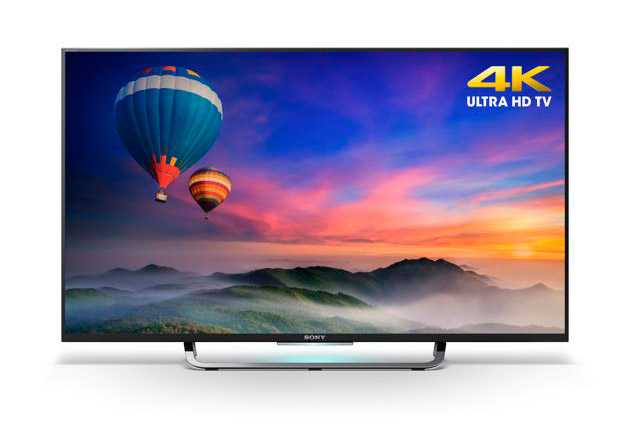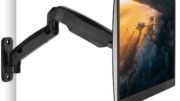Friends, I hate to beat a dead horse. And while I get it… the House of the Dragon season finale was three weeks ago, it still has me thinking. HBO clearly stood behind the show’s creators in their bid to make TV so dark you can’t actually see anything. I suppose that’s their choice, and their money. Personally I would think that at some point Warner Bros. Discovery’s David Zaslav would just get tired of the bad press and give people what they want once in a while.
I guess I’m one of the lucky ones, with a late-model TV that’s calibrated as best as possible given my old eyes and the varying lighting conditions. I know other folks who have it worse. It makes me wonder though, if we’ve seen the last of well-lit TV shows. And, if that’s actually a good thing in disguise.
A very superficial history
What you see on the screen has always depended on technology. The first movies were mere seconds long. Eventually the film itself, the physical film I mean, got better and more stable. Theaters figured out how to show films that were longer than one reel. Then came sound, color, wide-screen, optical printing, and eventually digital production. Every time there was a new technological advancement, someone said it would be the death of modern cinema. It wasn’t.
When sound came to movies, the establishment said it would ruin the fine art of filmmaking, which was based on being able to convey feelings with nothing but a look on the face. It didn’t ruin anything. And every new innovation was like that. When Star Wars Episode II: Attack of the Clones became the first movie widely distributed in digital form, people said that it would ruin the moviemaking experience. It didn’t. And I don’t think that presenting very dark images is going to ruin the experience either. But, I think it’s going to change things.
What we see has always depended on how we can see it
In the early days, movies took a massive amount of light to shoot. This light washed out people’s faces, so heavy makeup was used. When movies went to color, that makeup was changed so it looked more natural. And every innovation has been like that. Very early film stocks had barely any contrast, but by the time Citizen Kane hit, the technology was ready to show light and shadow as it had not been seen before. Not everyone liked the way that film looked, but it changed cinema. The same is true when technicolor became common in the 1950s. All of a sudden a lot more films were shot on locations because it was just so appealing to show those locations.
Of course, digital cinema and CGI changed everything by making it possible to shoot more of everything more cheaply and edit it much more quickly. That gave filmmakers options they didn’t have before.
I’m tempted to say that the arrival of HDR televisions will do the same thing. It’s now possible to reproduce more contrast than people can see, and properly used that can create some real drama in the filmmaking process. Use it improperly, and you get a mess like House of the Dragon.
“Good lighting” may be a thing of the past
What we call “good lighting” in film isn’t really anything like reality. When a film is traditionally lit, as pretty much everything today is, the subjects can clearly be seen against the background. The background is hardly ever brighter than the actors. In nighttime scenes, blue light is used to simulate darkness and orange light simulates fire or light bulbs. Those are conventions that our brain is used to. But, they may be disappearing.
In shows like House of the Dragon, grey days look grey. People who are out at sunset look dark in comparison to the sky. And at night, you can’t see much unless a person is fairly near a light. This is what real life is like. We’re just not used to seeing movies like that. I suspect that the time will come soon that we’ll get used to seeing things that way. Hopefully the effect won’t be overused and you’ll still be able to see what people are saying. I just think that “good lighting” will largely disappear because the cameras don’t need it. See, it was never about what people see, it was always about what the camera can see and what the screen can show. Now that the cameras and screens have surpassed us, they don’t need “good lighting.” And maybe, eventually, neither will we.
Getting real with you all
This is just the latest evolution. Stage makeup looks nothing like real life. Looking at a stage actor from 30 years ago, you’d think they were out for Halloween. But that was the expectation. Looking at TV shows from the same time period shows people with heavy makeup that makes their faces look flat. Since TV shows started shooting in high definition, makeup has gotten more realistic. We demand that our screens look more like reality.
Will the next generation of viewers demand that the lighting match reality as well? I tend to think they will. Again I’m hoping that filmmakers get better at using HDR. Eventually it could provide images on the screen that just look realistic. Images that look like things around us look. That’s not so terrible. It will just take some getting used to.
In the end, the visual arts have to evolve. Sometimes in that process, the really avant-garde filmmakers make mistakes. Sometimes, a new generation goes back and “remasters” things to erase those mistakes. Sometimes, they’re just left alone. But if the history of cinema up to now is any indication, natural lighting is here to stay. “Good lighting” will soon be a thing of the past.





